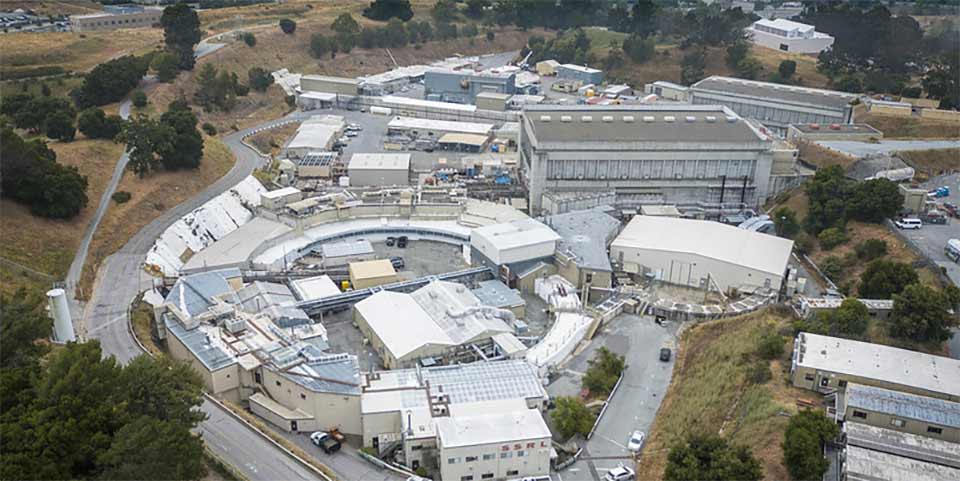Overview
Beam line 4-2 is a small-angle scattering/diffraction station dedicated to structural biology studies primarily on non-crystalline systems. The instrument features a standard pin-hole geometry SAXS camera with an adjustable sample-to-detector distance from 0.25 m to 3.5 m in discreet steps. This allows optimizing the instrument according to experimental needs. A Pilatus3 X 1M is the primary detector, featuring a large active area, photon counting x-ray detection and a 500-Hz maximum frame rate which also enables fast time-resolved studies. A large area gap-less Rayonix225HE ccd-detector is available for experiments that require smaller pixel sizes and a detection area without gaps. Optionally, a Eiger2 X1M detector can be placed close to the sample for complementary WAXS data collection. The BL4-2 facility provides a large selection of specialized and automated sample handling devices, such as a high-throughput Autosampler for solution scattering, a size-exclusion chromatography coupled solution SAXS setup, as well as a stopped-flow rapid mixer for time-resolved studies in the millisecond range.
Source: 20-pole, 2-Tesla wiggler, 0.5 mrad acceptance
Status —
Optics —
| M0 Mirror | Monochromator | KB-mirror module |
|---|---|---|
| Cylindrical, bent, 1.2 m, Si, Rh-coated | Exchangeable Si(111) for high resolution and W/B4C multilayer for high photon flux | Optional in-hutch KB mirror module for microfocus at slightly reduced access to low q |
Source —
Instrumentation —
| Detectors | Pilatus3 X 1M detector: large photon counting area detector for static and time-resolved data collection Rayonix225 HE: large gap-less area detector with variable pixel size and high photon detection efficiency Eiger2 X 1M: high speed photon counting area detector for complementary WAXS data collection |
|---|---|
| Other | JJ-X-ray beam defining slits and Xenocs scatterless guard slits Fast Uniblitz shutter (10Hz continuous operation, 30Hz burst mode) Transmitted beam intensity monitor in beamstop Sample microscope with adjustable zoom optics Remotely controlled LED sample illumination |
Sample Environment —
| High Throughput solution scattering | Robotic Autosampler Temperature controlled storage tray (5C-50 C) Sample oscillated in beam during exposure Required sample volume: 30 µl (typical); 10 µl (minimal) Integrated full spectrum UV/Vis Supports 96-well microplates or PCR tube strips Optional on-tray pipetting of samples Remotely accessible Up to four 96-well plates can be loaded at a time Connected to automated analysis pipeline |
|---|---|
| Size-exclusion chromatography coupled solution scattering | Dionex 3000 chromatography system with Autosampler optimized flow lines for high resolution additional MALS/DLS and refractive index detectors on- and off-line operation connected to automated analysis pipeline |
| Stopped-Flow mixer | Biologic stopped-flow, customized for low sample consumption and thorough capillary cleaning after each shot; time resolution >1 ms |
| Temperature flow cell | Large accessible temperature range (-20 C to 100 C); manual and semi-automated loading of sample; |
| Capillary cassette system | Standardized multi capillary holder for on-site or remote high throughput data collection on viscous samples 24 capillaries per cassette (1 mm – 2 mm capillaries) Capillaries can be shipped in cassette Cassettes can be remotely mounted using robotic arm Storage unit with five cassettes at a time Plate system insert for the cassettes based on 96-well plate format Connected to automated data analysis pipeline |
| “Bring your own” | Please contact beam line staff to discuss plans |
